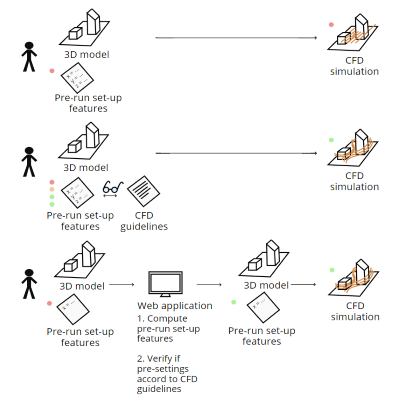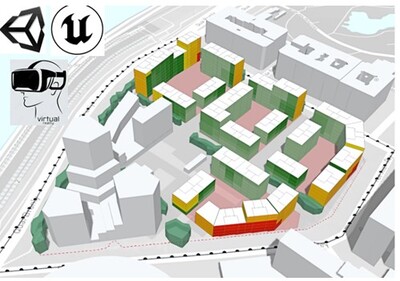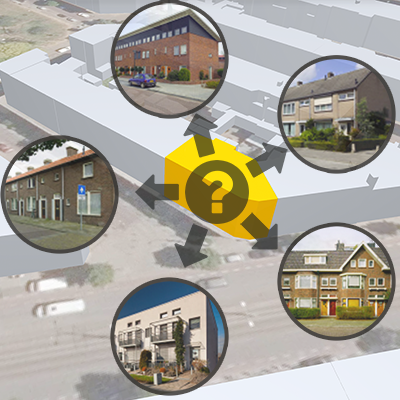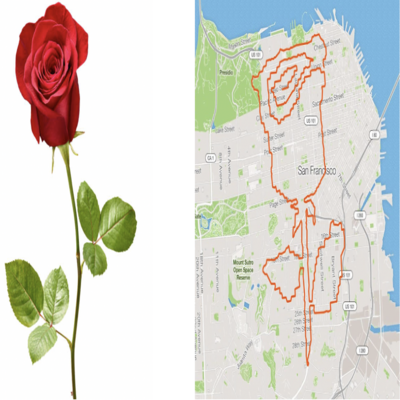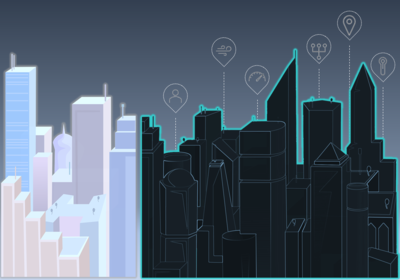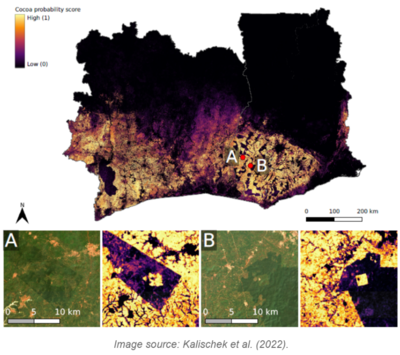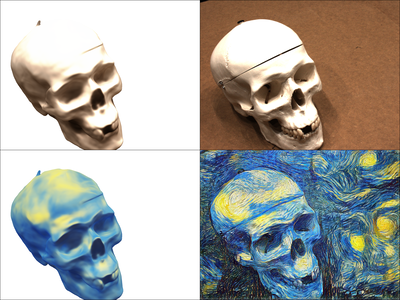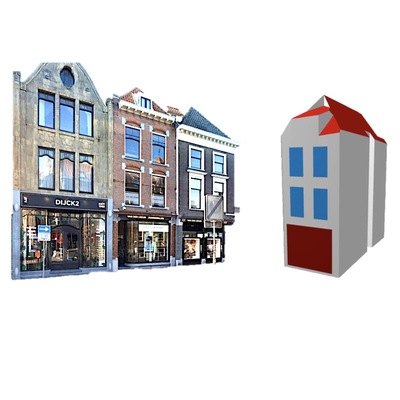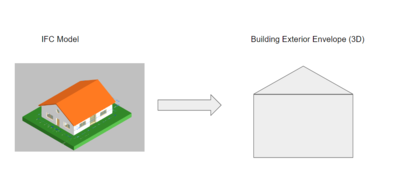
Yuduan Cai
In the field of massive point cloud data management, the majority of point cloud data is currently done at the file level, but an efficient database-based solution is crucial. Database management system (DBMS) has advantages in functionalities, optimised disk IO strategies and automatic parallelization in the query executions. PostgreSQL is a desirable database to store point clouds, as it is open-sourced, has spatial extension and supports arrays for all its scalar types, allowing us to store additional values per point, like intensity and gps time. In some previous studies, the application of space filling curves for point cloud data has been explored and tested, but queries are usually not efficient enough. In this research, the approach is to split the space filling curve key in a head and tail part and make groups of points inside the database based on the head, therefore to make the storage and manipulation more efficient. The expected outcome includes a storage data model, a Python-based data importer and a scientific benchmark. The benchmark will use AHN2 dataset, and be performed on query, add, update and delete.
Supervisors: Martijn Meijers + Peter van Oosterom

